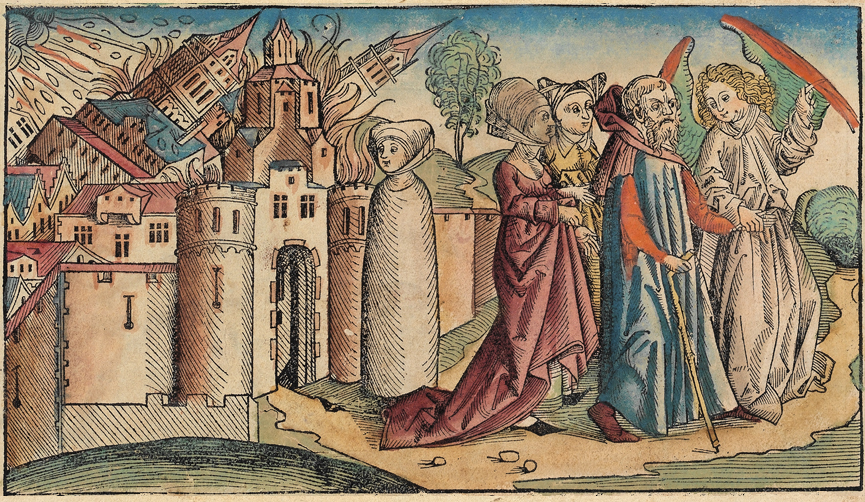
Not only the Quran has regional reading traditions, also Islamic prayer books in pre-modern times appear to have had them!
In a new #OpenAccess publication, I study the reading traditions of al-Jazūlī's Dalāʾil al-Ḫayrāt.
A small summary thread 🧵
brill.com/view/journals/…
In a new #OpenAccess publication, I study the reading traditions of al-Jazūlī's Dalāʾil al-Ḫayrāt.
A small summary thread 🧵
brill.com/view/journals/…

The Dalāʾil al-Ḫayrāt was composed by the Moroccan Berber Muḥammad al-Jazūlī in the 9th/15th century, and from then until today is probably the most popular Islamic prayer book. Any library that has an oriental collection at all, is likely to have several copies.
I stumbled on this topic utterly by accident. I was browsing through a collection of Malian manuscripts, when I stumbled upon this text (eap.bl.uk/archive-file/E…), and I noticed a really odd feature... On the 2nd line, we see the word اكثركم "most of you", but that vocalisation 

Anyone familiar Maghrebi muṣḥafs would recognise it: that reads as akṯarukumūū with ṣilat mīm al-ǧamʿ! Lengthening of the plural pronouns, which typically happens in the Quranic recitation of Warš before hamzah (just like it is here!), cf. the same word on line 1 without. 



So I started looking for other Waršisms in this copy of Dalāʾil al-Ḫayrāt, and found many!
It had:
1. naql (loss of word-initial hamz after a cononant)
2. loss of hamzah in words like mūmin < muʾmin
3. an-nabīʾīna "prophets" with hamzah
4. -iya for the 1sg. suffix before hamz.
It had:
1. naql (loss of word-initial hamz after a cononant)
2. loss of hamzah in words like mūmin < muʾmin
3. an-nabīʾīna "prophets" with hamzah
4. -iya for the 1sg. suffix before hamz.
So that cause me to wonder: is this a feature of Dalāʾil al-Ḫayrāt? With its Moroccan composer it would not be surprising at all that it was assimilated to the Warš recitation, since that Quranic reading tradition is traditionally dominant there.
So I found two more copies of the Dalāʾil al-Ḫayrāt from a similar period (all around the 18th century), one written in a very clear Maghrebi hand (BnF Arabe 6983 gallica.bnf.fr/ark:/12148/btv…) and another in an obvious Ottoman Naskh hand (BnF Arabe 6859) and I compared their Qirāʾāt! 



Comparing these we learn that, the recitational features depends on *where* the manuscript is written. The Malian is most Warš-like; whereas the Maghrebi has many but not all the Warš-like features (lacks ṣilat mīm al-ǧamʿ), while the Ottoman manuscript is very much like Ḥafṣ! 

As it turns out, these recitational features being marked is old. Even quite ancient manuscripts of the Dalāʾil al-Ḫayrāt will frequently have such distinct recitational features. One is tempted to conduct a research project with the rhyming title: Qirāʾāt Dalāʾil al-Ḫayrāt!
I definitely do not have time for this, but it is obvious that there is an extremely rich treasure trove of information to be unlocked here. Since writing this article I stumbled on yet another fascinating copy, see this thread:
https://twitter.com/PhDniX/status/1434969116411146243
Today, recitation of the Dalāʾil al-Ḫayrāt has been classicized (i.e. moved towards the global trend of #hafsonormativity). But even now we can find interesting features.
The recitation on dalailalkhayrat.com on occasion deviates from the transcription (e.g. an-nabīʾīn).
The recitation on dalailalkhayrat.com on occasion deviates from the transcription (e.g. an-nabīʾīn).
If one does not wish to dive into the endless manuscripts and study their recitational features, there are thousands of recordings, and a living tradition which still clearly admits some regional recitation and style differences worth studying!
All of this shows that, even as late as the 18th century, what was considered "Classical Arabic" was not the singular rigid norms that we often get taught. One could play and experiment with its language. Hence my conclusion:
Enjoy the read, it's free!
Enjoy the read, it's free!

A small annoyance is that the final PDF ended up with rather low resolution images of the manuscripts at times. This doesn't really impact the article much, but it's a bit ugly
I've recaptured all the images, which you can download as a zip here:
drive.google.com/file/d/1Kt1dtZ…
I've recaptured all the images, which you can download as a zip here:
drive.google.com/file/d/1Kt1dtZ…
If you enjoyed this thread and want me to do more of it, please consider buying me a coffee.
ko-fi.com/phdnix.
If you want to support me in a more integral way, you can become a patron on Patreon!
patreon.com/PhDniX
ko-fi.com/phdnix.
If you want to support me in a more integral way, you can become a patron on Patreon!
patreon.com/PhDniX
• • •
Missing some Tweet in this thread? You can try to
force a refresh
















